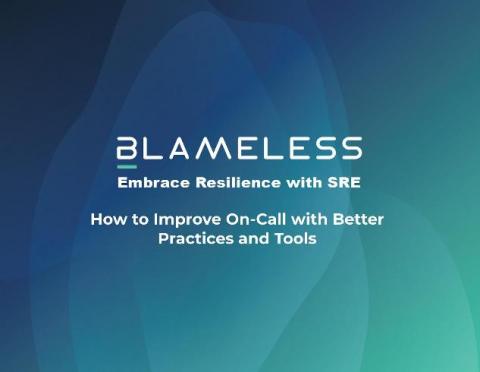How to Improve On-Call with Better Practices and Tools
In the era of reliability, where mere minutes of downtime or latency can cost hundreds of thousands of dollars, 24x7 availability and on-call coverage to respond to incidents has become a requirement for the vast majority of organizations. But setting up an on-call system that drives effective incident response while minimizing the stress placed on engineers isn’t a trivial task.











